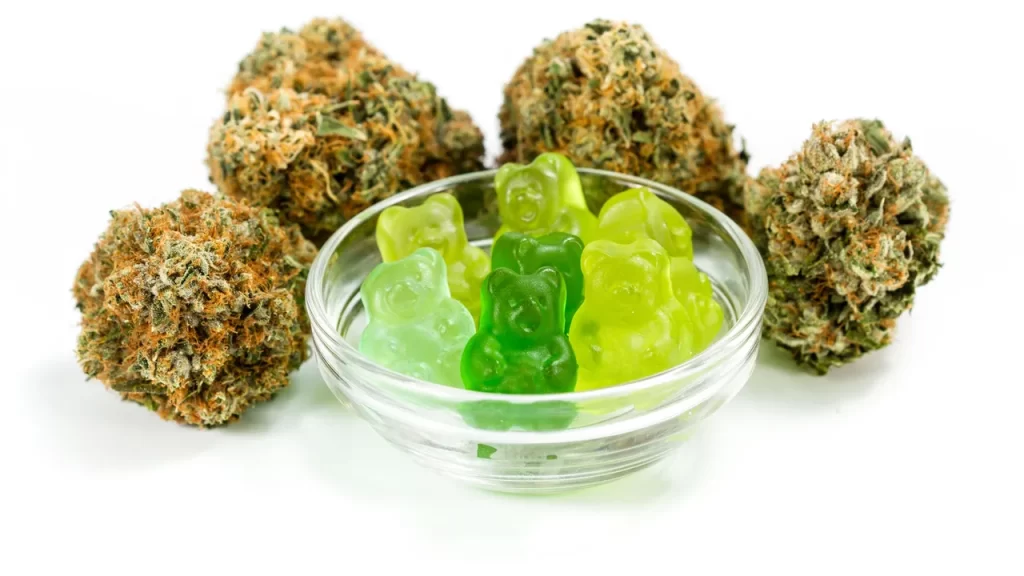A podiatrist plays a crucial role in improving foot health by offering personalized and customized care plans tailored to the unique needs of each patient. Podiatrists are specialized medical professionals who are trained to diagnose, treat, and prevent a wide range of foot and ankle conditions, from common issues like bunions and plantar fasciitis to more complex problems like diabetes-related foot complications or sports injuries. One of the key ways a podiatrist helps improve foot health is through the development of individualized care plans. These plans are not a one-size-fits-all approach; instead, they are customized based on a patient’s medical history, lifestyle, specific symptoms, and goals. For instance, a patient with flat feet might require a different treatment plan than someone with high arches, as the biomechanical needs of each condition vary greatly. A thorough assessment often includes an evaluation of the patient’s walking patterns, gait, and posture, as these factors directly affect foot health.
By understanding the underlying causes of foot pain or dysfunction, a podiatrist can design a plan that addresses not just the symptoms, but also the root causes of the problem. Customized care plans often include a combination of treatments, from nonsurgical interventions such as custom orthotics and physical therapy to surgical options when necessary. For instance, a podiatrist may recommend custom-made shoe inserts or arch supports for patients with certain foot structures, like those with overpronation, to provide support and alleviate pain. Stretching and strengthening exercises may also be prescribed to improve flexibility and muscle strength, which can prevent further foot strain. In addition, podiatrists often educate patients on the importance of proper footwear, encouraging the use of shoes that provide adequate support and cushioning based on the patient’s foot type and activities. People with diabetes are at higher risk for foot ulcers, infections, and other complications due to poor circulation and nerve damage.
A podiatrist helps manage these risks by creating proactive care plans that focus on foot hygiene, circulation, and schedule a foot appointment. They may also work with patients to create strategies for managing blood sugar levels, which is essential for preventing complications that could affect the feet. Early detection and prompt intervention by a podiatrist can prevent more serious issues, such as the need for amputation. Sports-related injuries are another area where a podiatrist’s expertise is invaluable. Athletes often suffer from conditions like stress fractures, tendinitis, or sprains, which can interfere with performance and recovery. A podiatrist can offer targeted treatments, such as taping techniques or recommendations for footwear, that help athletes return to their activities safely. They also provide advice on preventing future injuries, emphasizing proper warm-up techniques, stretching, and recovery strategies. Ultimately, the work of a podiatrist goes far beyond treating foot pain it is about enhancing overall health and quality of life.


